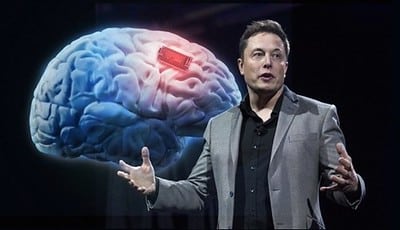Elon Musk’s Vision-Restoring Brain Chip is Approved.
Elon Musk’s brain-chip company, Neuralink, has been granted the “breakthrough device” designation by the US Food and Drug Administration (FDA) for its experimental implant known as Blindsight. This innovative device aims to restore vision in individuals suffering from complete or partial blindness, including those with non-functional optic nerves.
Neuralink announced this significant milestone on its X page, inviting people to join their mission to help restore sight. They encouraged interested individuals to apply to their Patient Registry and explore career opportunities with the company. This designation is crucial as it may expedite the development and review process for medical devices addressing life-threatening conditions.
According to Reuters, the FDA reserves its breakthrough designation for medical devices that have the potential to treat or diagnose serious health issues, thereby facilitating quicker access to these technologies. Musk emphasized the transformative potential of Blindsight, particularly for those facing severe vision impairments.
Read Also: FG, States, and LGs Shared N1.2tn in August – FAAC.
The Blindsight device is designed to enable individuals who have lost both eyes and their optic nerve to regain their ability to see, provided their visual cortex remains intact. This breakthrough could also allow those who have been blind since birth to experience sight for the first time.
Musk set realistic expectations for the device, stating that initial vision would be low resolution, comparable to Atari graphics. However, he expressed optimism that the technology could eventually surpass natural vision, allowing users to perceive a broader spectrum, including infrared and ultraviolet light, as well as radar wavelengths.
Founded in 2016, Neuralink specializes in developing advanced brain-computer interfaces aimed at revolutionizing treatments for neurological disorders. The company’s technology encompasses a brain implant that interprets neural signals and wirelessly transmits them, paving the way for groundbreaking advancements in medical science.




